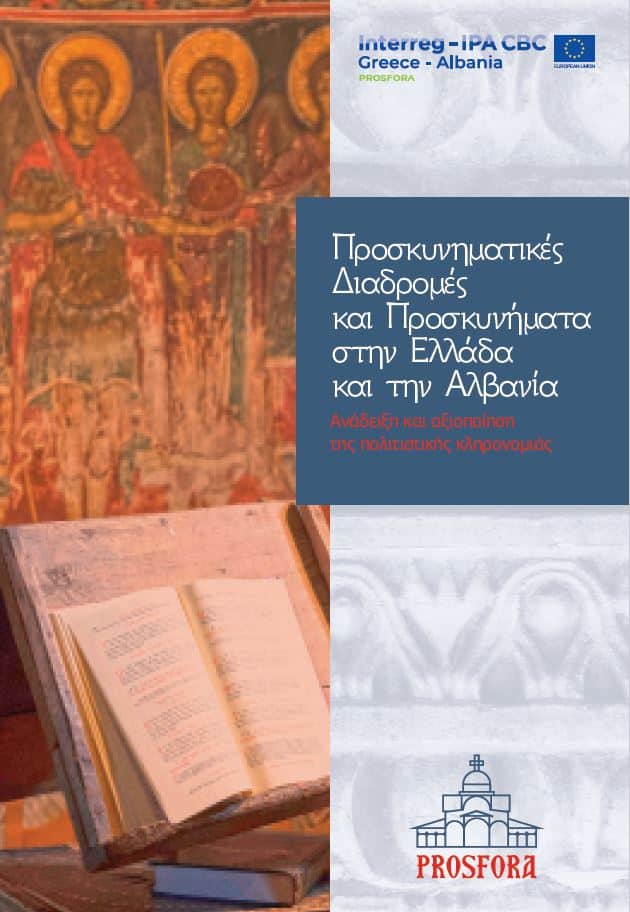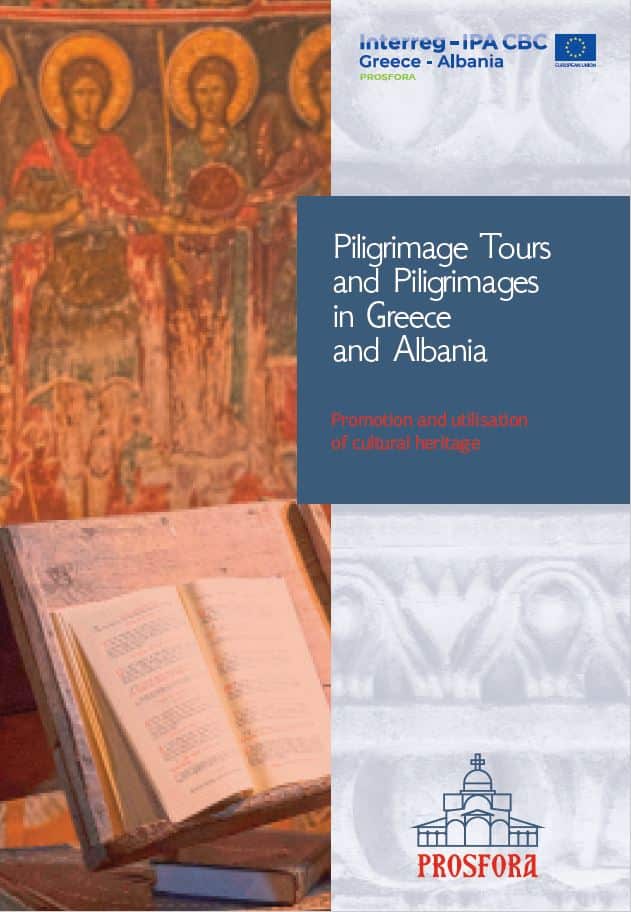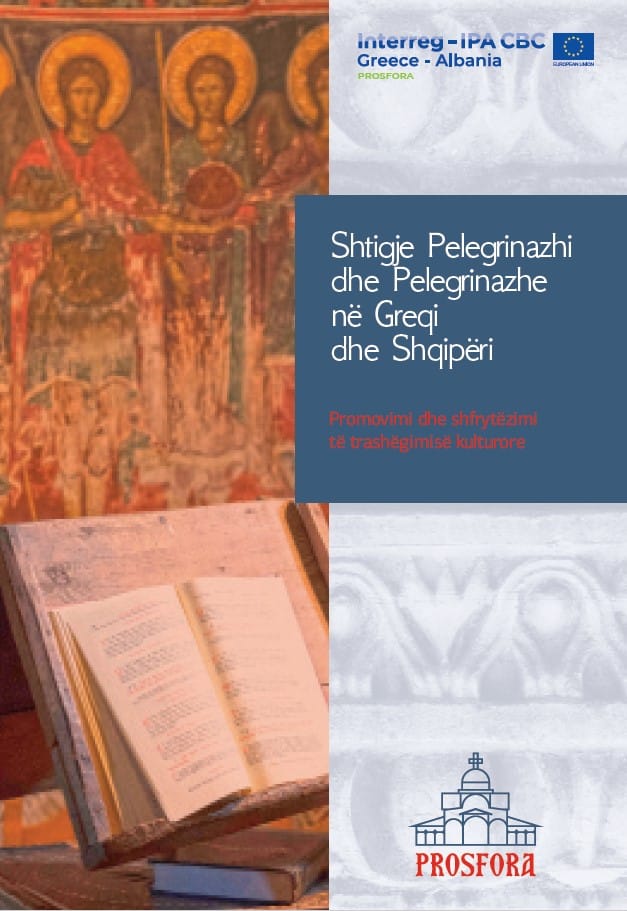HISTORY
Vithkuq is located twenty kilometers southwest of Korça and south of the neighboring Voskopojë, at an altitude of 1300 m above sea level. It is surrounded by high mountains, which create a very beautiful and picturesque natural landscape.
The history of Vithkuq dates back to the Byzantine years. According to tradition, the construction of the first church, dedicated to Saint Athanasius, dates back to the year 1162. After the establishment of Ottoman rule in southern Albania in the late 15th century, new developments affected Vithkuq. Sultan Bayezid II granted as mulk (= property), to the first equerry and conqueror of Psamathia (Samatya) Ilyaz Mirachor Evel bey, seven villages in the area of Korça, including Vithkuq.
During the 17th-18th century, the settlement reached a high economic and cultural level, following the course of many well-known centers of the time, such as Voskopojë, Nikolicë, Shipskë (Ypischia) etc. According to 19th century historians, Vithkuq flourished in parallel with these centers and its population, during the heyday, was divided into twenty-four neighborhoods, including the districts of Doukas, Mporis, Graikas, Tatats, Kovatsias , Roussas etc.
During the years of the archbishop of Achrid Ioasaph of Voskopojë (1719-1745), high cultural and educational development was marked. Evidences of this development are given by the ornate temples of Vithkuq, which are among the most representative monuments of the ecclesiastical art of the 18th century in the Balkans. The list includes about fourteen temples and monasteries. Among them the Holy Monastery of the Apostles Peter and Paul stands out.
The monastery is found on a hilltop on the northeastern side of Vithkuq, next to the ruins of the historic district of Borshi and in the past belonged to the ecclesiastical province of the Metropolis of Kastoria. According to the codex of the Monastery, published by Filaretos Vafides, the monastery was erected gradually in two phases.
The first phase of construction of the monastery started in 1709, after the issue of the firman of the sultan, with the monetary contribution of Athanasios Hatzirimaras from the Borishi district of Vithkuq. The master builder in the construction was Thane Lenas from the same district. The year 1710 was inaugurated by the local metropolitan of Kastoria Dionysios and the bishop of Prespa Joasaf, the later archbishop of Ohrid. The second phase begins in 1759, during the days of the abbot Nikos Tarasios, with the construction of the catholicon, which is dedicated to the Holy Apostles Peter and Paul. The katholikon, of domed basilica style, was painted in 1763 by the brothers Constantine and Athanasius from Korçë and in 1761 the iconostasis of the church was painted.
The building complex of the Monastery includes the small cemetery church of Saints Unmercenaries Cosmas and Damian, which was built in 1736 and painted in 1750 (May 18), also by the brothers Constantine and Athanasius from Korçë. According to the founding inscription, the church was built under the abbotship of Methodius and with the donation of the presbyter and oikonomos Ioannis from “Aidonochora”, the nowadays village Aidonochori which is located near Serres. The expenses of the painting of the church, according to the inscription, were afforded by the archon Syropoulos from Aidonochori and Panagiotis Ntesinas, head of Vithkuq. The fact that two of the donors that supported the construction of the church came from Aidonochori of Serres reveals the commercial transactions of the inhabitants of the wider area of Voskopojë with the area of Serres.
The katholikon of the Apostles Peter and Paul has survived from the monastery complex until today and apart from the wall of the precinct of the Monastery, the church of Unmercenaries Cosmas and Damian. The accommodations of the Monastery were destroyed during the Second World War, when in 1943 Vithkuq was set on fire by the Italians who invaded the village. It was then that four of the remaining temples of Vithkuq were burned, the church of Saint Nicholas, Saint Athanasius which was the oldest, Saint Ioannis and Saint Paraskevi.
Among the preserved temples of Vithkuq are included also the church of Panagia of the 2nd half of the 17th century, the church of Saint Menas of the 18th century, the church of Evangelistria of 18th century, the church of Saint George of the 2nd half of the 18th century a period that coincides with the expansion of the settlement of Vithkuq, where each district had acquired its own temple.













